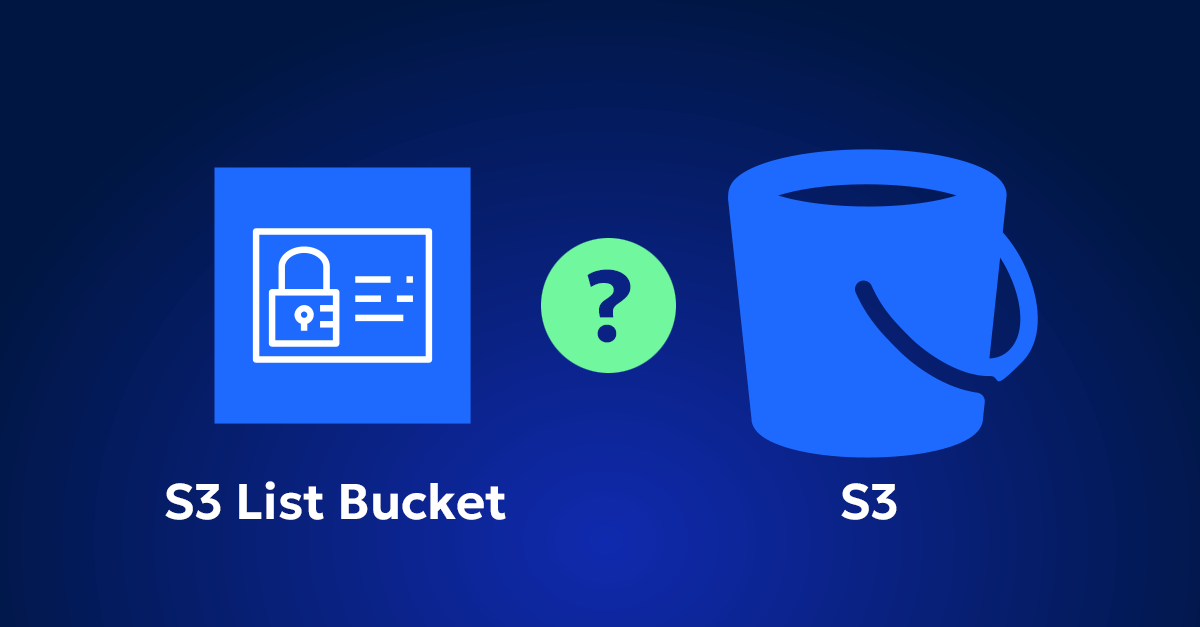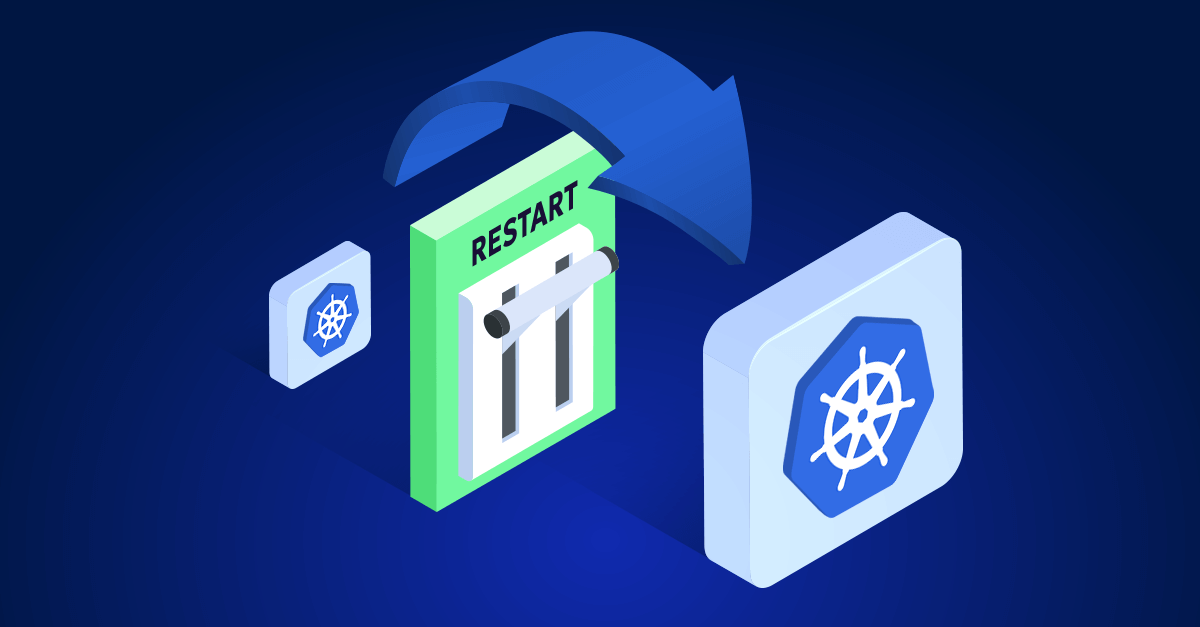Because Kubernetes (K8s) infrastructures are inherently complex, businesses may find themselves in a never-ending race to optimize their environments in an effort to keep their costs in check while operating at maximum efficiency. But in their constant pursuit of high-impact optimization techniques and tools, many DevOps engineers and developers overlook one very successful tactic: hibernating idle nodes. While a lot of focus goes into scaling, load balancing, and uptime, hibernating nodes may be the secret to enhancing resource management, cost-effectiveness, and the overall performance of your environment.
In this article, we’ll dive into how hibernating nodes can increase savings and scalability, enhancing the efficiency of your K8s setup.
What Are Hibernated Nodes?
Before discussing the advantages of hibernated nodes, let’s explain first what they are and how they work. Hibernated nodes are virtual machines or containers that are left in a suspended or “sleep” state. When a node is hibernated, its resources, such as CPU and RAM, are paused, and the system saves the state of the node to disk. That way, the node can be quickly reactivated when needed, without having to fully reboot. While hibernated, nodes only incur the costs for the disk and not for any compute resources, costing a fraction of what it would cost to keep them activated.
The hidden advantages of hibernated nodes
1. Scalability: Effortlessly Scaling with Demand
Scalability is the name of the game when it comes to cloud computing. As your business grows, so must your cloud infrastructure. Hibernated nodes make scaling easier by allowing you to quickly add or remove resources as needed without wasting compute power. When demand increases, you can bring your hibernated nodes back online quickly, having them ready to host pods and providing the necessary resources to handle increased workloads.
This kind of flexibility is crucial for businesses that experience fluctuating demands. Whether it’s a product launch, seasonal surge, or unexpected traffic spike, the ability to scale up or down effortlessly gives you the control and efficiency you need to stay ahead.
2. Faster Recovery from Maintenance: Minimizing Downtime
One of the biggest advantages of hibernating nodes is their ability to recover quickly from maintenance or updates. Unlike fully rebooting a node, which can involve a lengthy startup process, the fact that hibernated nodes save their current state to disk allows them to “wake up” in seconds, resuming exactly where they left off, without losing valuable data or application state.
This means less downtime for maintenance or software updates, which is critical for businesses that rely on high availability. The fast recovery process keeps your operations running smoothly, reducing disruptions and keeping service levels intact.
3. Resource Optimization: Maximizing Resource Efficiency
It’s common for resources to be left idle in cloud environments, especially ones with fluctuating workloads. Hibernating nodes ensures resources are only used when required, optimizing your overall cloud infrastructure. Instead of running a full fleet of nodes 24/7, hibernated nodes can be “woken up”, also referred to as boot time, as needed, ensuring that your resources are allocated in a way that maximizes efficiency.
The ability to efficiently manage and allocate cloud resources translates to better resource utilization, which in turn improves the sustainability of your operations. By hibernating unused nodes, you reduce the waste of valuable compute power, effectively ensuring that you’re only using what you need when you need it.
4. Cost Savings: Reducing Unnecessary Expenses
A rule of thumb in cloud infrastructure is that flexibility costs more. Traditional cloud services charge you based on active resource usage, meaning that when a node is running, you’re paying for CPU cycles, RAM, and storage — even if the node isn’t performing any work. By hibernating idle nodes, you only pay for the storage of their disk space, cutting down on those ongoing compute costs.
For example, during periods of low activity, hibernating your nodes could reduce your cloud bill by as much as 70-80%. This is particularly useful for businesses with fluctuating demand or seasonal spikes, as hibernation allows them to maintain a low cost of operation during off-peak times. By only utilizing compute resources when they are truly needed, companies can achieve significant savings.
There is, however, one limitation to using hibernated nodes that can deter users from fully utilizing their potential: they aren’t automatically managed. In Kubernetes, hibernated nodes are not a native concept, meaning that without automation, teams must manually track when to hibernate or reactivate nodes, which can be inefficient and prone to errors.
If you want to learn how our optimization platform Zesty Kompass fully automates the management of hibernated nodes, ensuring they are efficiently paused and resumed based on demand, click the link.
Elevate Your Cloud Operations
Hibernating nodes offer a range of benefits that go far beyond cost savings. By optimizing resources, enabling faster recovery, and improving scalability, hibernated nodes can elevate your cloud strategy to a whole new level. Embracing this powerful tool allows businesses to maximize efficiency, reduce operational costs, and ensure that their infrastructure is always prepared to meet demand.
To unlock the full potential of your cloud operations, consider integrating hibernated nodes into your cloud strategy today. With the ability to pause when demand is low and scale when needed, you’ll be able to optimize your infrastructure in ways you might not have imagined possible.










